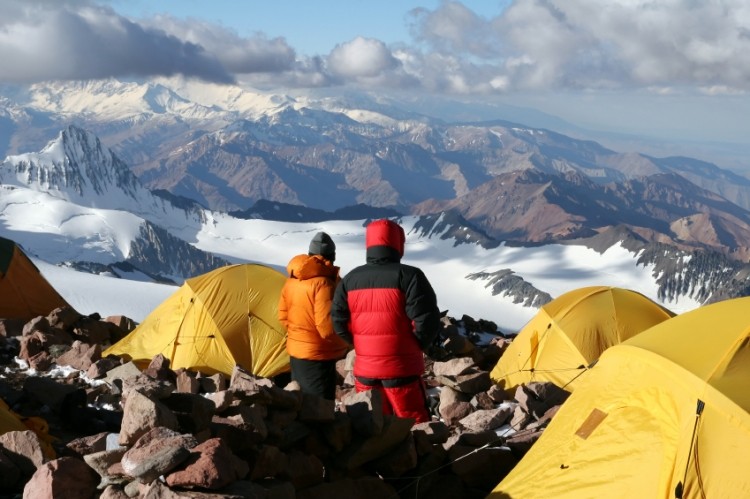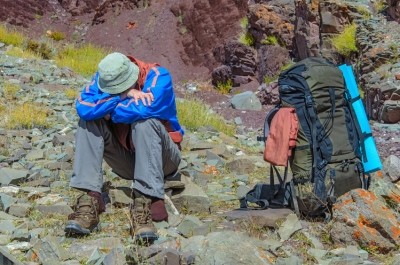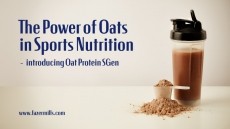Food-drug interactions may endanger mountaineers' health

The researchers studied the nutritional and health challenges like altitude sickness experienced by mountaineers as well as commonly used nutritional and pharmacological aids.
They red-flagged combinations like diuretics (acetazolamide) with corticosteroids (prednisone or dexamethasone) and recommended vitamin E (before) and vitamin C and iron during mountaineering.
“More and more tourists are visiting high mountains like the Aconcagua [the highest mountain in Argentina and South America] or make crossings at high altitudes. Many of them, without having previous experience in high mountains,” said the researchers.
“These stays induce large physiological changes, such as increased heart rate, increased systemic and pulmonary blood pressure, hyperventilation, retention, and decreased haemoglobin saturation."
Muscle glycogen depletion, hydro-electrolyte imbalance, and Acute Mountain Sickness (AMS) were the main performance-limiting factors in mountaineering with drugs some times called on to tackle the problems, thus opening the potential for contraindications.
If not administered under strict control, drugs could interact with food or ergogenic aids, external influences aimed at improving performace (e.g sports supplements) consumed and thus endanger the health of the mountaineer.
Dangerous combinations
The researchers warned that in states of malnourishment, often related to AMS, the interaction between drugs, nutrients and nutritional aids could be greater. The most dangerous interactions occurred between vasodilator supplements (omega-3, ginkgo biloba, garlic pearls, precursors of nitric oxide and acetyl salicylic acid).
“We must understand that in alpinism, both by altitude, malnutrition, or situation of extreme cold the effectiveness of nutritional ergo aid or drugs may vary considerably, it should not be used if such aid is not scientifically proven to be effective and still they must be used cautiously."
Source:
International Journal of Medicine and Science of Physical Activity and Sport
Published online ahead of print
"Nutritional ergogenics aspects and drug-food interactions in alpinism"
Authors: A. Urdampilleta, S. Gómez-Zorita












